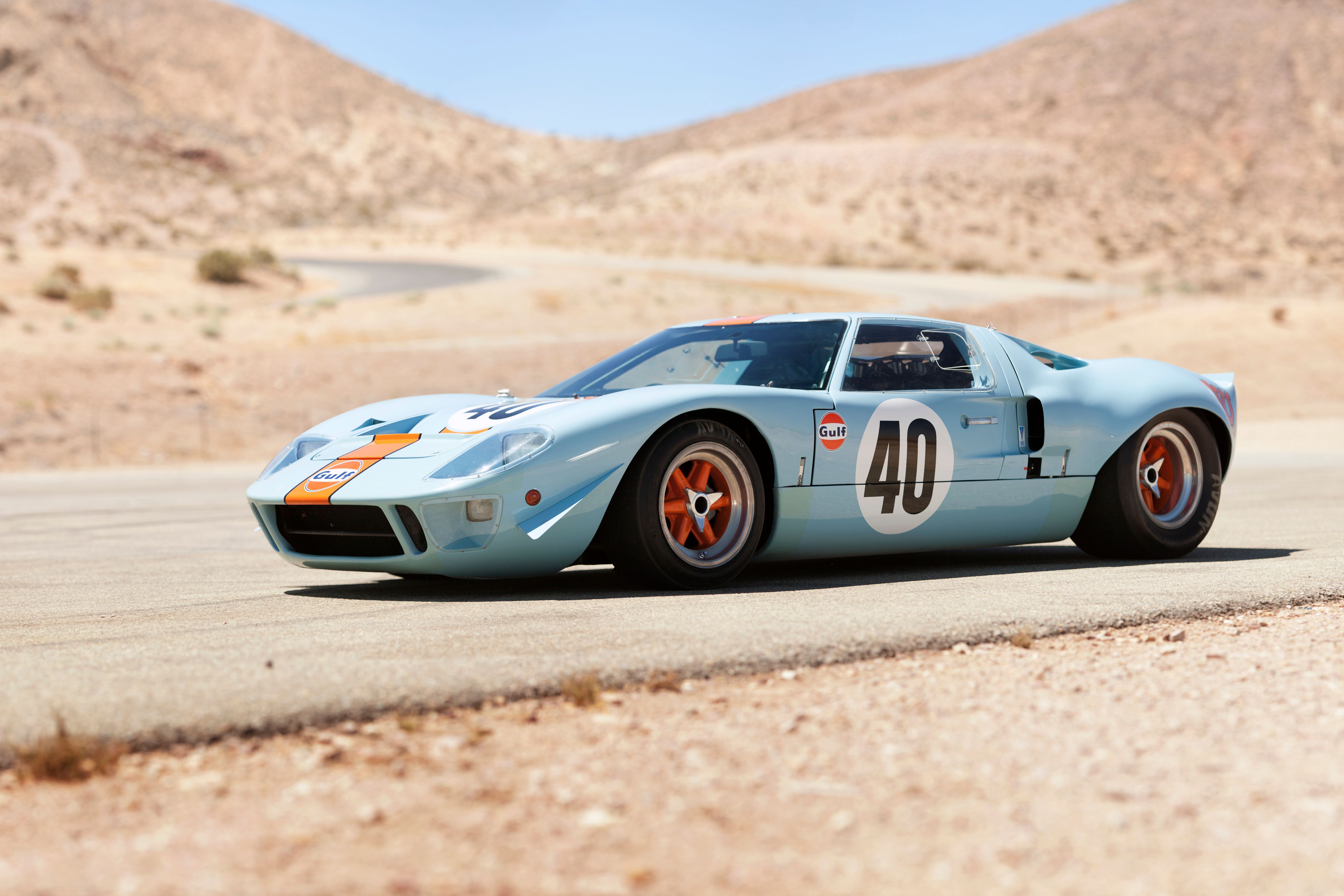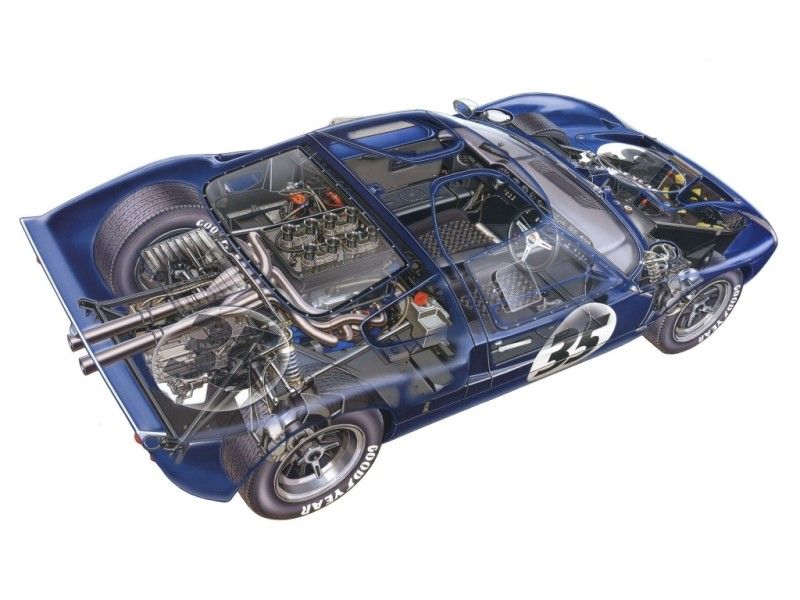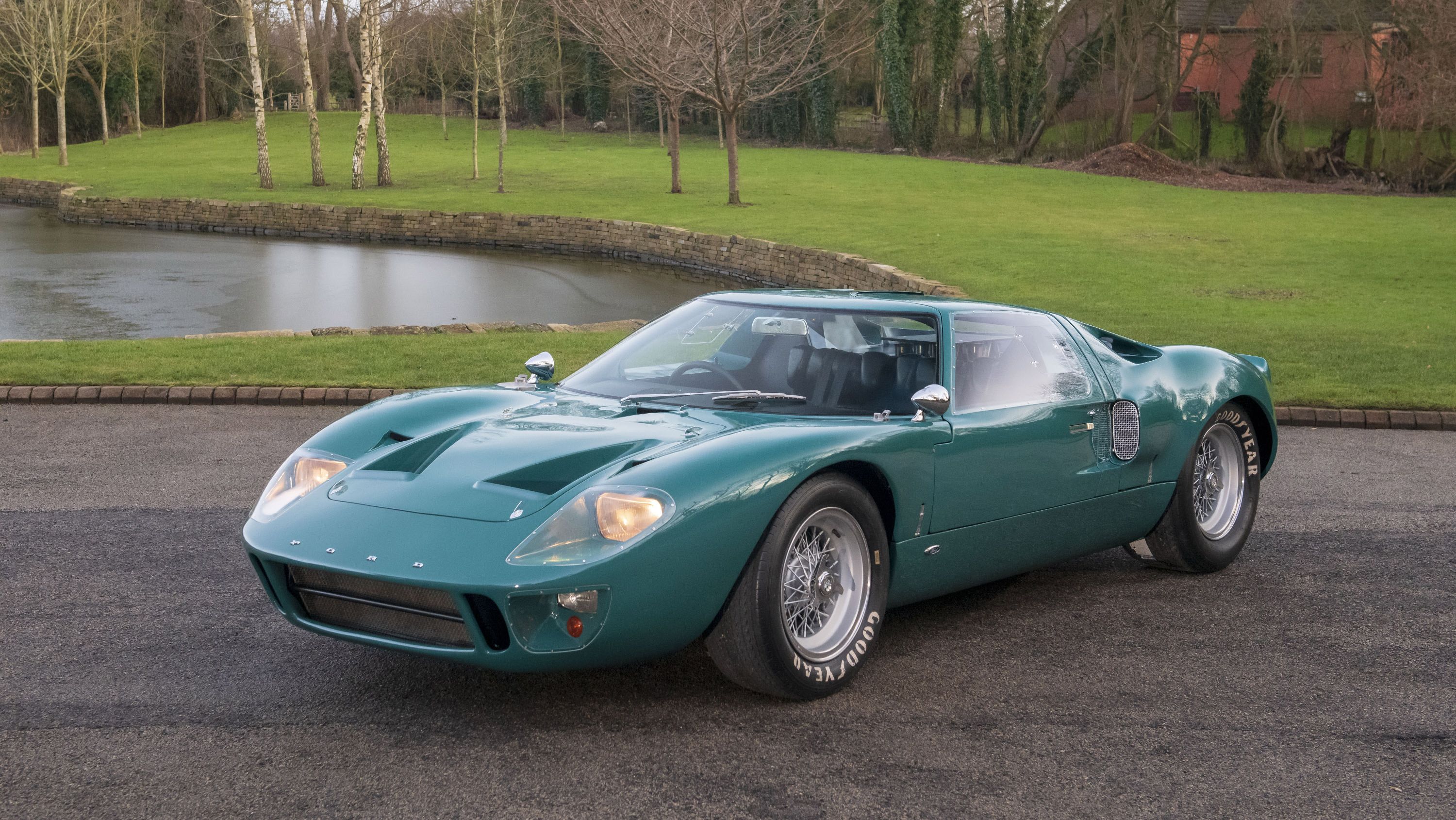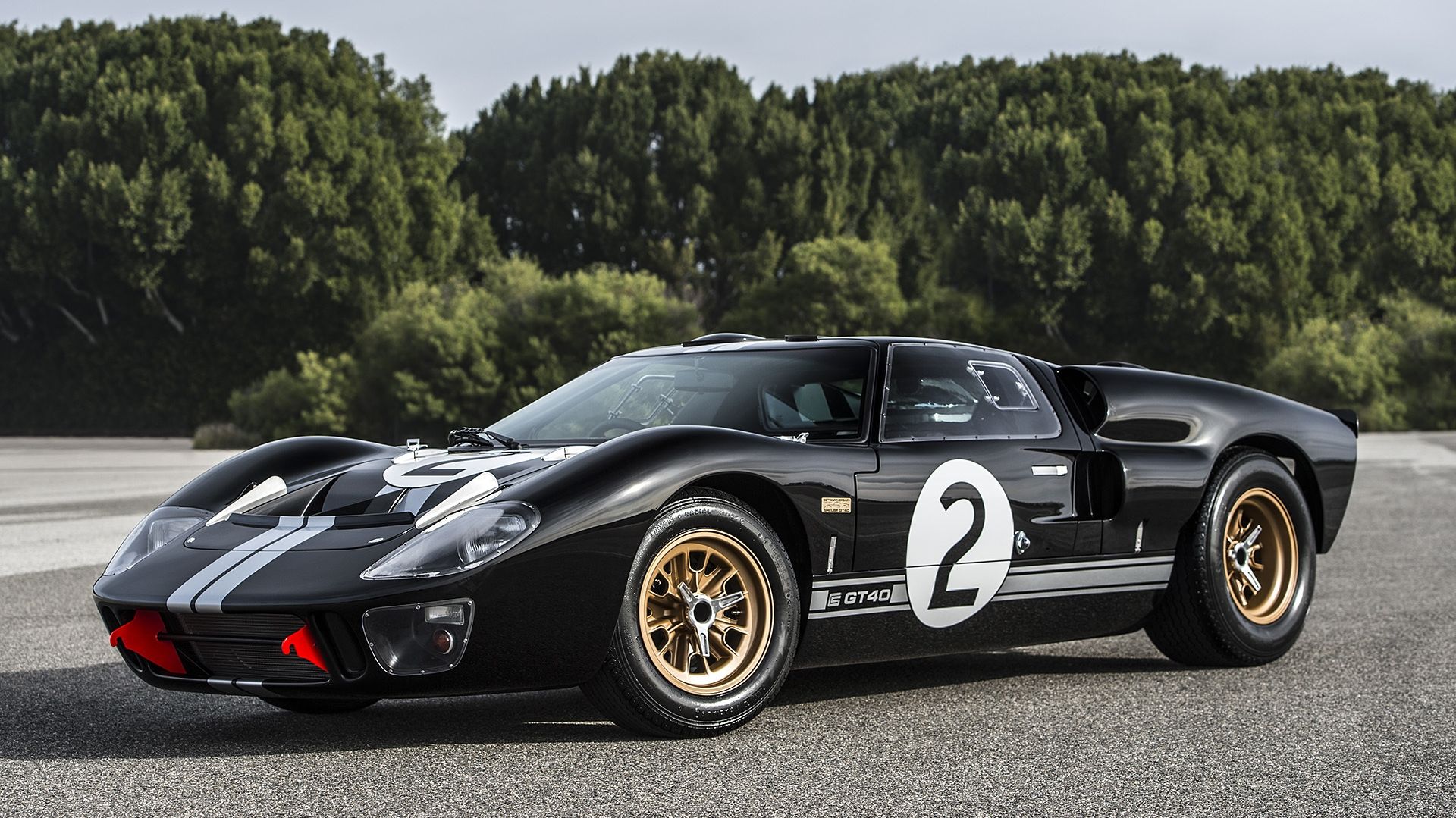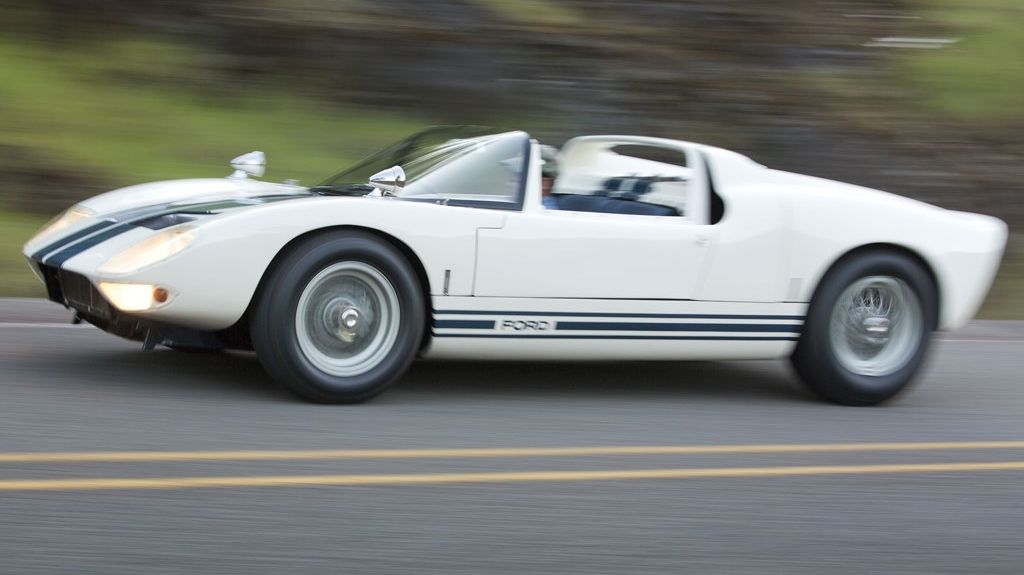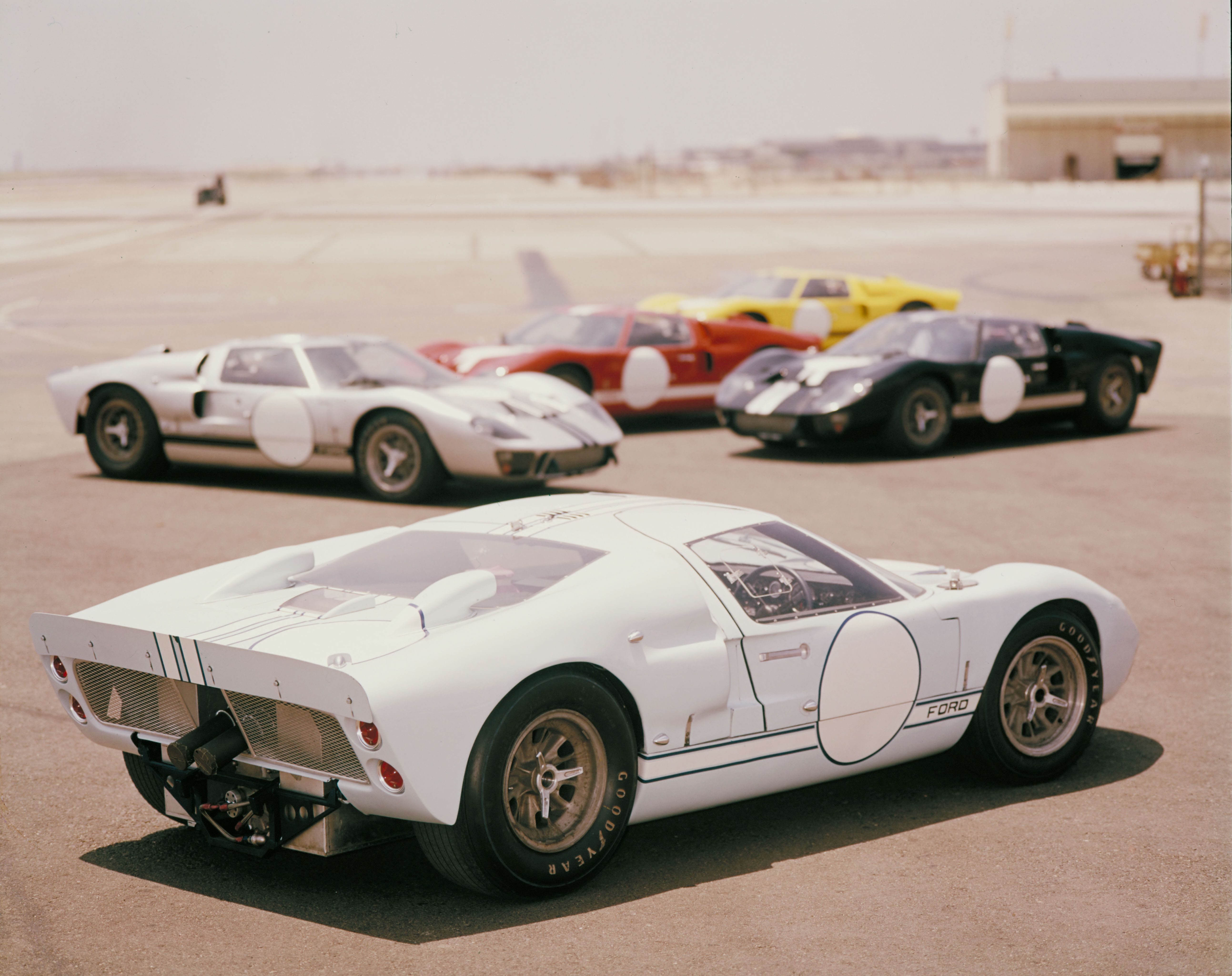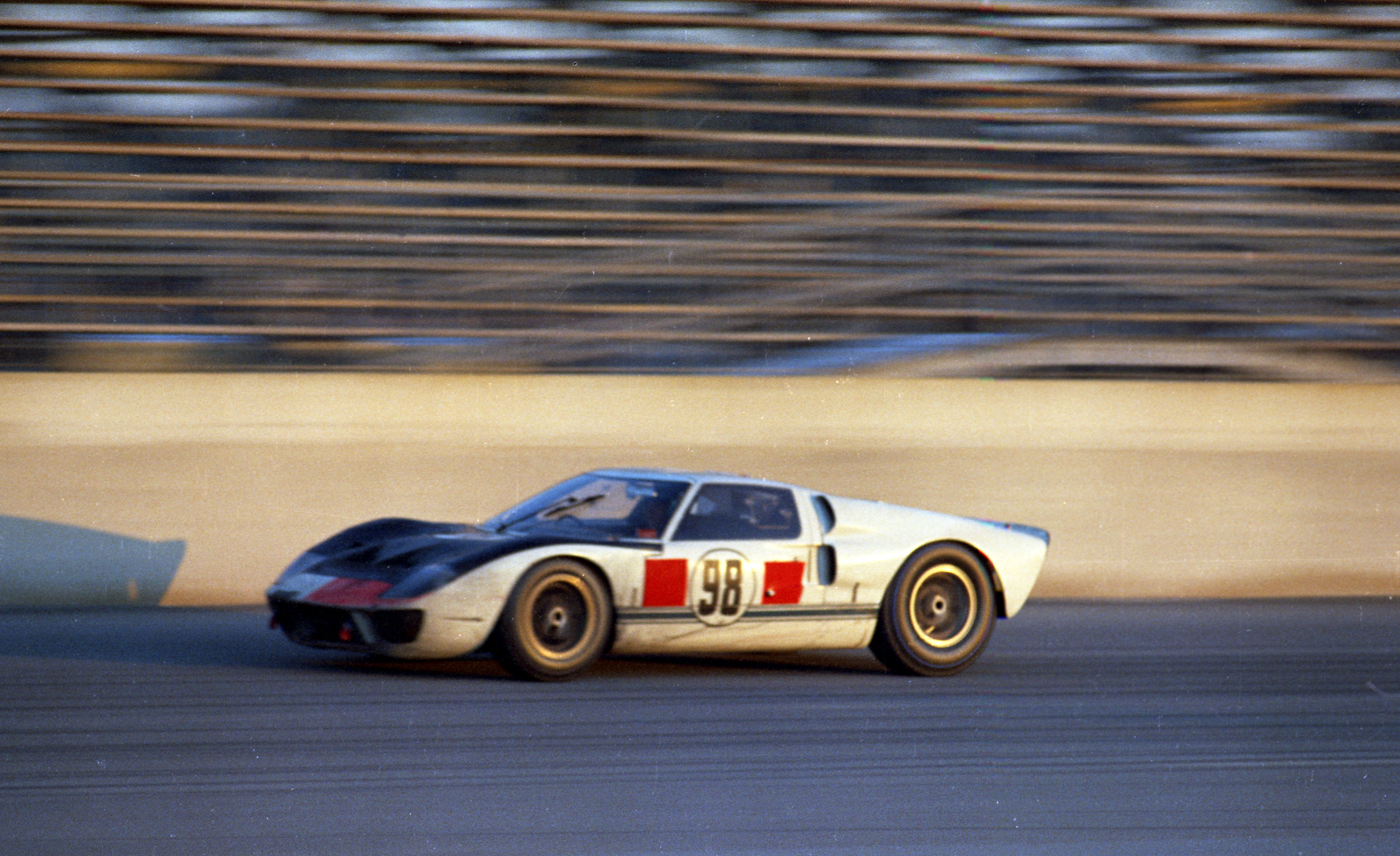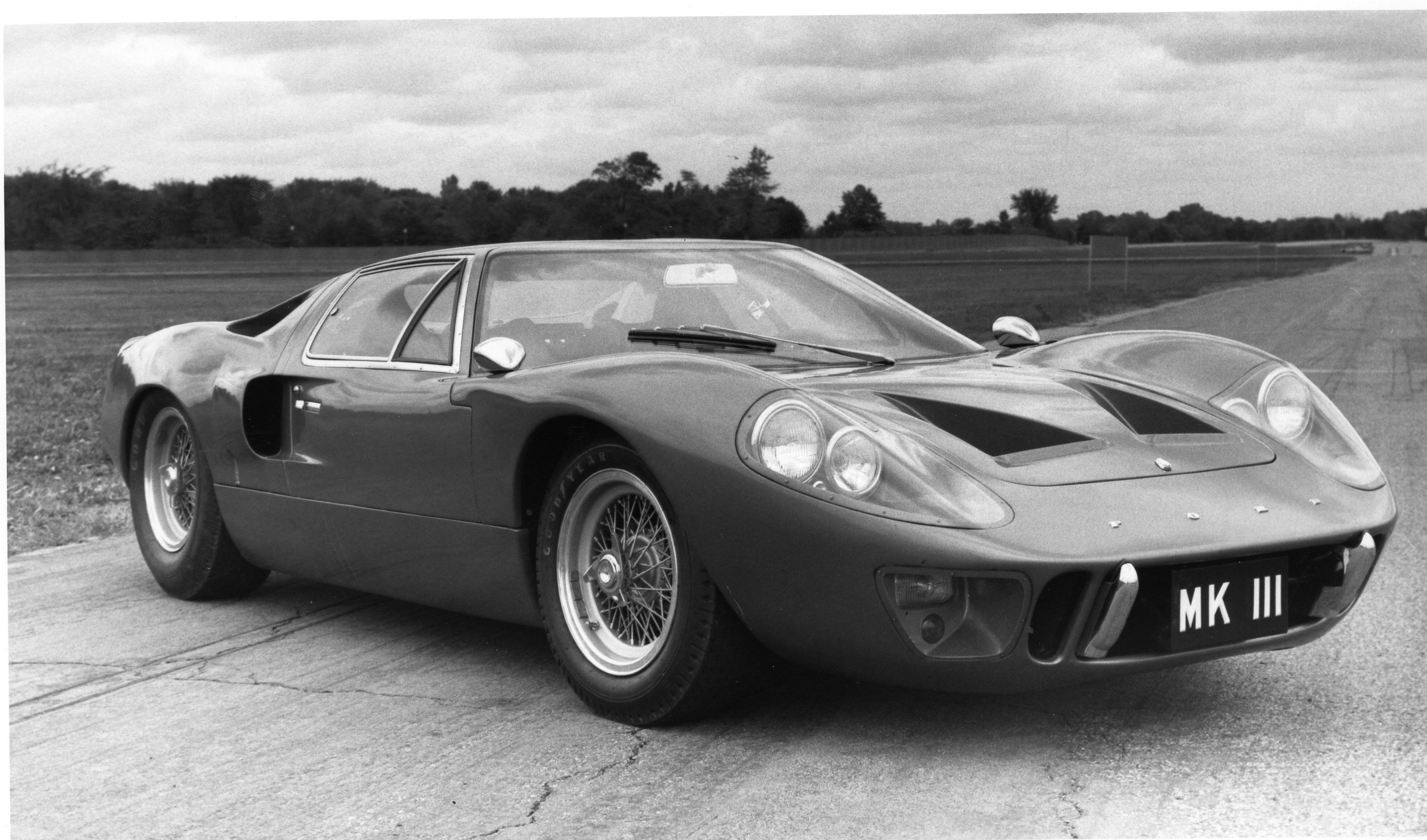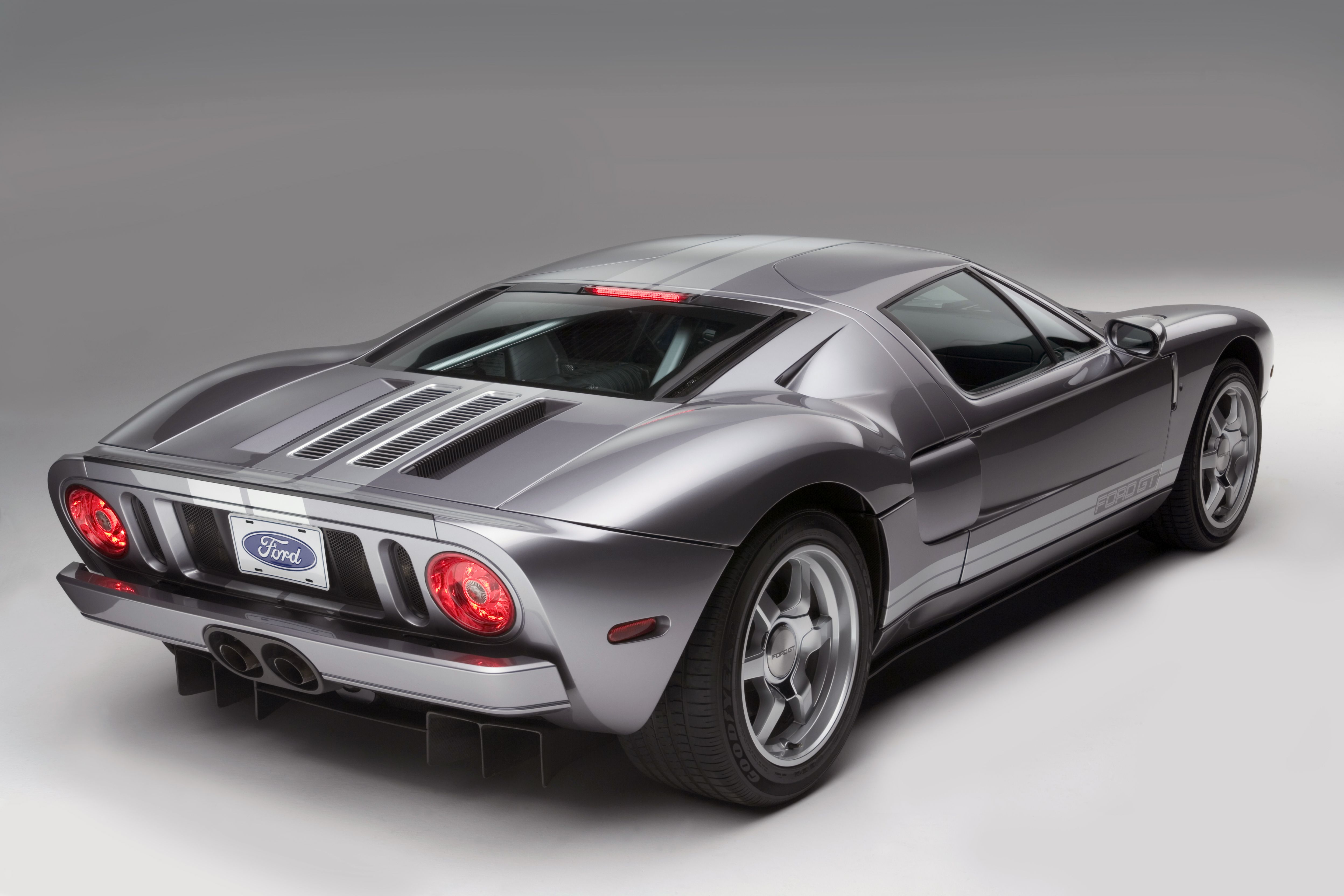There are a lot of things you may or may not know about the 1960s' Ford GT40. The movie Ford vs Ferrari or (Le Mans '66 in the U.K.) was a great story, but not the whole story. The Ford GT40, for example, was not all-American. It was born in Great Britain, and it was driven by a New Zealander and a British man. The only thing American about the Ford GT40 was the V-8 motors, Caroll Shelby after he was hired, and Henry Ford himself. Here are 10 such interesting facts about the Ford GT.
It All Started With The Lola Mk6
The Lola Mk6 was built by Lola Cars, a British car manufacturer, from 1962 to 1963. It was a sleek British sports car with a 289 cubic-inch Ford engine. The Mk6 was mid-engined and built for racing. The Lola entered three significant races: one at the Nurburgring, once at Silverstone, and ultimately at Le Mans. Henry Ford wanted to beat Ferrari so badly, but Ford didn’t know how to make a car to beat Ferrari. So, Ford bought the Lola Mk6. There were only three Mk6s in existence at the time. Ford ended up with two of them, and the Mecom Racing Team kept one. This, again, made Mr. Ford very upset. After the Mecom Racing Team didn’t go away, they raced at Le Mans again against Ford and everyone else. This time with a Chevrolet 5.7-liter V-8 instead of the Ford engine like before.
The Beast Within
The Ford GT40 had five different engine configurations between 1964 and 1969. Everyone knows about the famous 7.0-liter that helped Ford win Le Mans in 1966, but there were two other engines before that. The least desirable is the 4.2-liter V-8 in the GT40 Mark 1, which featured 355 horsepower. Not bad for 1964. Perhaps the most common engine found in a GT40 is the Ford Galaxy’s 289 V-8 which offers 400 horsepower in racing cars. The road-legal version of the car was detuned to just 335 horsepower. Of course, the only engine anyone cares about is the 427 big-block V-8. The 7.0-liter had two versions: the Nascar spec, which offered 520 horsepower, and the Le Mans spec, detuned to 485 horses for longevity. In 1969, Le Mans changed the rules to limit the engine displacement to 4.9 liters. Ford had to go back to the 289 V-8, but they stroked it to just under 5.0 liters, and the engine produced up to 470 horsepower. 1969 was the only year Ford won Le Mans using a 289 engine.
Quick-Change Brakes
If you have worked on cars or taken your vehicle in to get new brakes, you know it’s not a quick job. An experienced racing team in the 1960s could change brake rotors and pads in 20 to 30 minutes. When it’s race time, every second counts and could be the difference between winning or losing. Phill Remington (one of Carol Shelby’s guys) came up with a genius solution to quickly change the rotors and pads. In this method, the brake rotors are attached to the outside of the wheel flange. This method is commonly used today on light-duty pickups. All the mechanic has to do is unscrew the two bolts on the brake calipers, and the rotor slides right out; a simple but elegant solution. The Ford racing team allegedly could do this in 60 seconds!
Forty Inches Tall
The GT40 was actually named after its height. The GT40 stood only 40 inches tall. The car was designed to be as low as it was legally allowed at Le Mans. Being so low-slung and aero-dynamic allowed the GT car to slip through the air with little drag. During highway driving, a GT40 could get up to 24 miles per gallon due to its lightweight and aerodynamics.
The Fastest Car At Le Mans
Le Mans has a famous straightaway called the Mulsanne Straight. Here, the heavier Ford GT40 had an advantage over Ferrari and every other competitor at Le Mans. The Ford GT40 would reach speeds of up to 212 miles per hour. In the 1960s, that was unheard of. Moreover, the car accelerated fast; 0-60 mph took just 4.7 seconds. That’s not far off from what today's sports cars can do.
GT40 Racing Record
The Ford GT40 had a rocky start to its infant racing career, which is to be expected when you’re new and have never had a racing team to partake in British motorsports. The GT40 had its first race at the Nürburgring in May 1964. Unfortunately, the suspension failed, so the car did not finish. Three GT40s entered the 1964 Le Mans race; zero finished the 24-hour race. The Ford GT40 was brought to the U.S. so that a chicken farmer could take a look at the cars and take over the Ford racing team. The chicken farmer was Caroll Shelby. Even more American than that, the GT40 won its first race at Nascar’s Daytona. The rest of the story is well-known. Ford lost the 1965 Le Mans race, but they made improvements to the car, like adding the 427 big-block and quick-change brakes. They also picked up a new British driver - Ken Miles - and finally beat Ferrari at Le Mans and won it for four straight years.
A Difficult Car To Handle
The Mark 1 GT40s were a total handful to drive. The first two made were crashed and totaled in testing. At the 1964 Le Mans race, three GT40s entered, and all three crashed or caught fire. In 1966, Ken Miles was testing a new prototype GT40 J-Car which became the Mark IV GT40. The brakes failed, and he crashed. People that can afford to buy a classic Ford GT40 for hundreds of thousands or even millions of dollars are still crashing them today.
Lives Lost Behind The Wheel Of The GT40
Vehicle crashes often lead to deaths, and the GT40 has taken a few lives. For example, when Ken Miles tested the J-car in 1966, he was trapped inside the car and burned to death. Also in 1966, a man named Bob McLean was racing the GT40 at Sebring when the right-front suspension broke, and the car veered sharply into the wall.
Bruce McLaren Racing Legend
The first man to win Le Mans in the Ford GT40 was Bruce McLaren. He only won it on a technicality, but still, “winning is winning,” right? Bruce McLaren was a racing driver from New Zealand. Bruce won his first Formula One race in 1959. In his lifetime, he won the Formula One four times. It’s no wonder Ford wanted him on itds racing team, perhaps even more than the famous Ken Miles.
Total Number of GT40s
The Classic GT40 Ford is one of the rarest, most expensive cars you can buy at auction today. Only 124 Ford GT40s were ever made. That includes the prototypes (that were mostly crashed.) Of the original Mark 1 GT40s, 31 road cars were made. Only seven Mark IIIs were made into road cars. 10 Mark IVs were produced (the car that killed Ken Miles.) Today, there are many replicas of the Ford GT40.
Conclusion
The Ford GT40 was born of a grudge, but it has given us one of the greatest automotive stories of all time. It shook up British racing forever and put Ford on the map as a performance carmaker. Of course, the whole idea behind Ford racing at Le Mans was to appeal to a younger crowd and perhaps even the world outside the U.S. A true legend never to be repeated.

